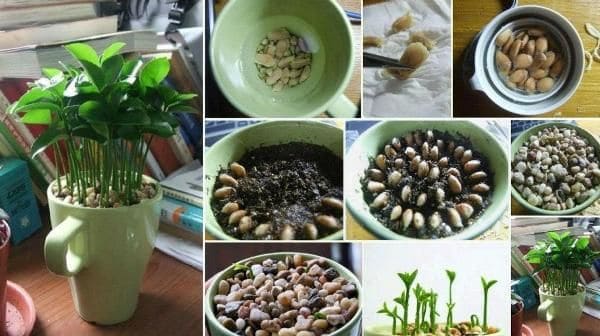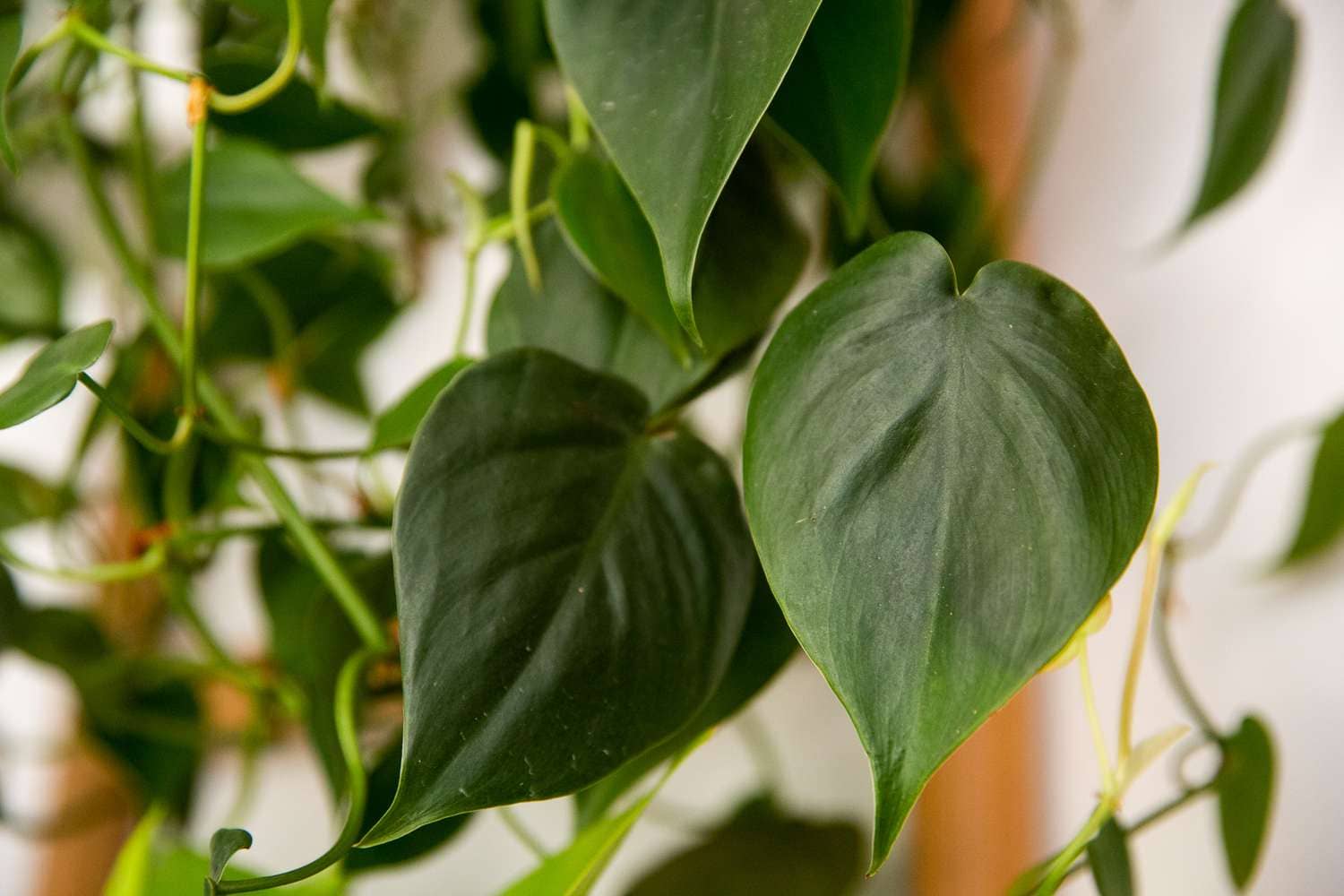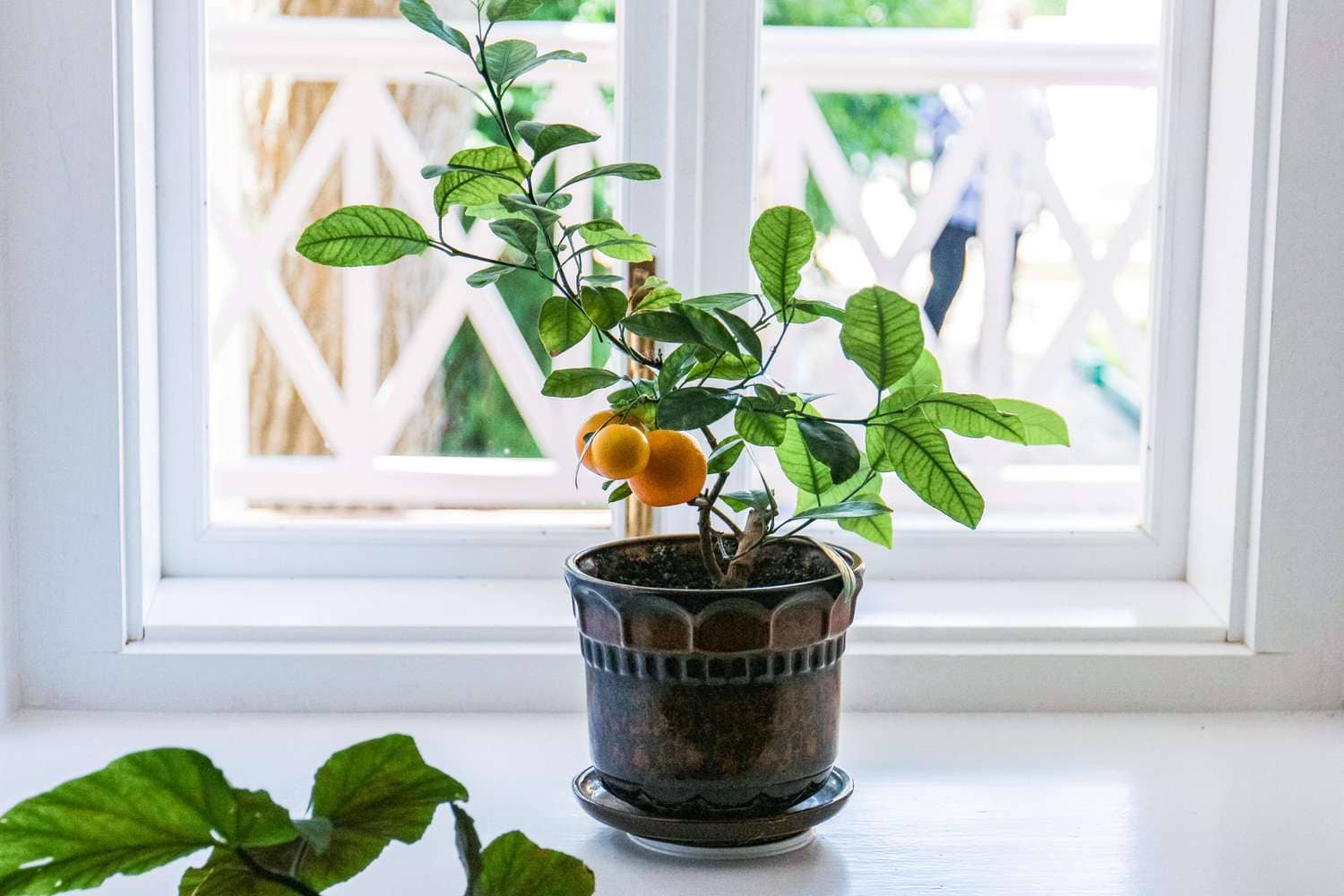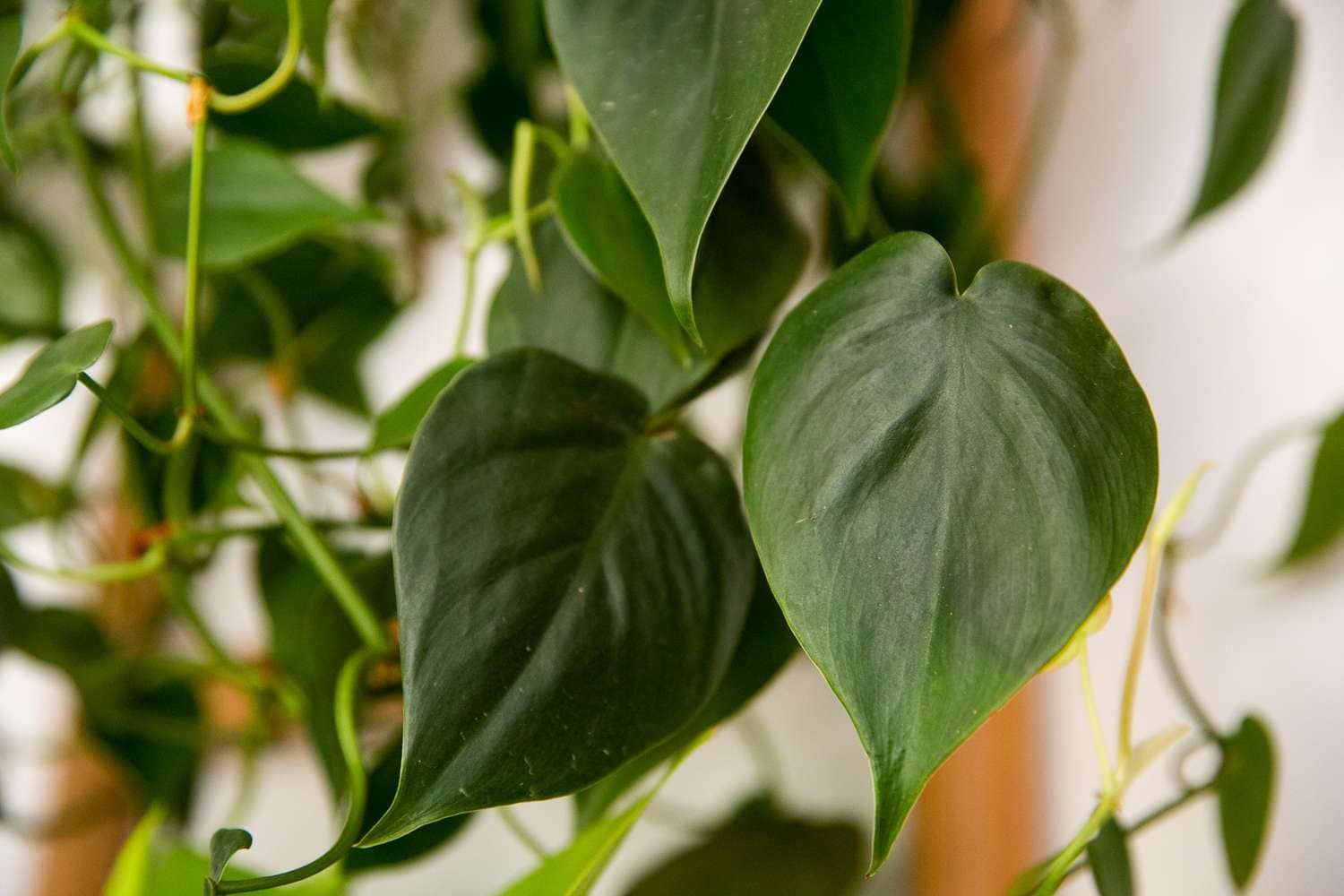Introduction
Begonia Rex, also known as the King Begonia, is a stunning and exotic houseplant renowned for its striking foliage and ease of care. In this comprehensive guide, we’ll delve into everything you need to know about Begonia Rex, from its origins to its care requirements, so you can enjoy the beauty of this botanical marvel in your own home.
Define the Plant
Begonia Rex belongs to the Begoniaceae family and is prized for its ornamental leaves rather than its flowers. Originating from the tropical regions of Southeast Asia, particularly in countries like India, Indonesia, and Malaysia, Begonia Rex has become a favorite among houseplant enthusiasts worldwide.
Relevance and Importance
In recent years, indoor gardening and houseplant appreciation have surged in popularity, with Begonia Rex emerging as a top choice for both novice and experienced plant enthusiasts. Its unique foliage adds a touch of elegance and vibrancy to any indoor space, making it a must-have for plant lovers looking to enhance their home decor.
Types and Varieties
Begonia Rex boasts a wide array of cultivars, each with its own distinctive leaf patterns, colors, and textures. Some popular varieties include:
‘Escargot’
Named for its spiral-shaped leaves that resemble a snail shell, the ‘Escargot’ variety features silvery-green foliage with dark green veins, creating a mesmerizing effect.
‘Tiger Paws’
True to its name, the ‘Tiger Paws’ variety showcases leaves adorned with intricate patterns resembling tiger stripes, adding a touch of wild beauty to any indoor setting.
‘Iron Cross’
Characterized by its dramatic dark green leaves embellished with silver markings resembling an iron cross, this variety adds a bold and sophisticated flair to indoor spaces.
Symptoms and Signs
While Begonia Rex is generally resilient, it may exhibit signs of distress if its care requirements are not met. Common symptoms include:
Leaf Browning
Excessive exposure to direct sunlight or underwatering can cause the edges of Begonia Rex leaves to turn brown. To remedy this, ensure the plant receives bright, indirect light and maintain consistent watering.
Leaf Drop
Sudden leaf drop may occur due to overwatering, underwatering, or drastic temperature fluctuations. Adjust watering practices and provide stable environmental conditions to prevent further leaf loss.
Pest Infestation
Begonia Rex is susceptible to pests such as mealybugs and spider mites, which can cause damage to its foliage if left unchecked. Inspect the plant regularly and treat any infestations promptly with organic insecticidal soap or neem oil.
Causes and Risk Factors
Several factors can contribute to the decline of Begonia Rex health. Understanding these causes can help prevent potential issues and ensure the plant thrives:
Overwatering
Excessive moisture can lead to root rot and fungal diseases in Begonia Rex. Always allow the top inch of soil to dry out between waterings and ensure proper drainage to prevent waterlogged soil.
Insufficient Light
Inadequate light can result in leggy growth and faded leaf coloration in Begonia Rex. Place the plant in a location with bright, indirect sunlight to promote healthy growth and vibrant foliage.
Temperature Extremes
Begonia Rex prefers warm and humid conditions but is sensitive to temperature extremes. Avoid placing the plant near drafts or heating vents, as sudden temperature changes can stress the plant and lead to leaf damage.
Diagnosis and Tests
Identifying potential issues with Begonia Rex requires keen observation and attention to detail. Here are some diagnostic tools and tests to help assess the plant’s health:
Soil Moisture Meter
A soil moisture meter can be used to gauge the moisture level of Begonia Rex’s soil, helping prevent overwatering or underwatering issues.
Leaf Inspection
Regularly inspecting the plant’s leaves for discoloration, wilting, or pest activity can provide valuable insights into its overall health status.
Environmental Monitoring
Monitoring environmental conditions such as light levels, temperature, and humidity can help identify any environmental stressors affecting Begonia Rex.
Treatment Options
Addressing issues promptly is crucial to maintaining Begonia Rex’s health and vitality. Here are some effective treatment options for common problems:
Root Rot Treatment
If root rot is suspected, carefully remove the plant from its pot, trim away any rotting roots, and repot it in fresh, well-draining soil. Avoid overwatering and ensure adequate airflow around the roots.
Pest Control
Combatting pest infestations may require using natural insecticides such as neem oil or insecticidal soap, which can effectively eliminate pests without harming the plant.
Pruning
Removing dead or yellowing leaves and stems can improve airflow and aesthetics, promoting new growth and rejuvenating the plant’s appearance.
Preventive Measures
Preventing issues before they arise is key to ensuring Begonia Rex remains healthy and vibrant. Here are some preventive measures to keep in mind:
Proper Watering
Establish a consistent watering schedule and avoid both underwatering and overwatering to maintain optimal soil moisture levels.
Humidity Management
Begonia Rex thrives in humid environments, so consider using a humidity tray or regularly misting the plant to increase moisture levels, especially during dry winter months.
Adequate Lighting
Position Begonia Rex in a location with bright, indirect sunlight to ensure adequate light exposure for robust growth and vibrant foliage.
Personal Stories or Case Studies
Maria’s Begonia Rex Journey
Maria, an avid plant enthusiast, shares her experience growing Begonia Rex in her urban apartment. Despite facing initial challenges with leaf browning due to inadequate light, Maria successfully revived her plant by relocating it to a brighter spot near a north-facing window. Today, Maria’s Begonia Rex thrives, serving as a stunning focal point in her home decor.
Expert Insights
According to Dr. Emily Nguyen, a botanist specializing in tropical plants, Begonia Rex’s popularity can be attributed to its stunning foliage and adaptability to indoor environments. Dr. Nguyen emphasizes the importance of providing adequate light and humidity for optimal growth and recommends using a well-draining potting mix to prevent waterlogged soil.
Conclusion
In conclusion, Begonia Rex is a captivating houseplant that offers a myriad of varieties to suit every taste and preference. By understanding its care requirements and potential challenges, you can cultivate a thriving Begonia Rex specimen that adds beauty and elegance to your indoor space. Whether you’re a seasoned plant enthusiast or a beginner gardener, adding Begonia Rex to your collection is sure to bring joy and satisfaction for years to come.





